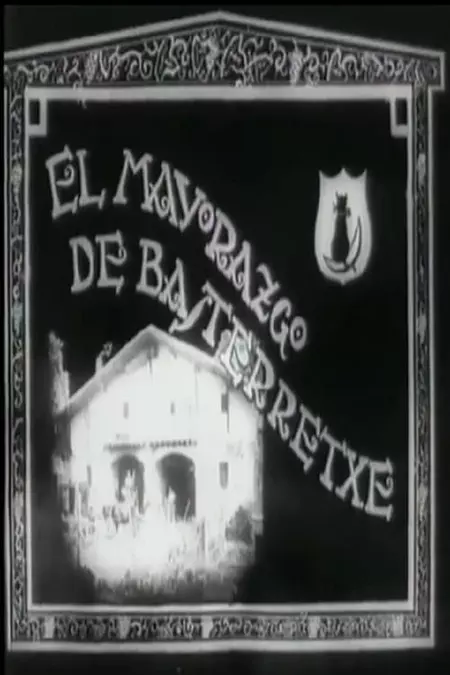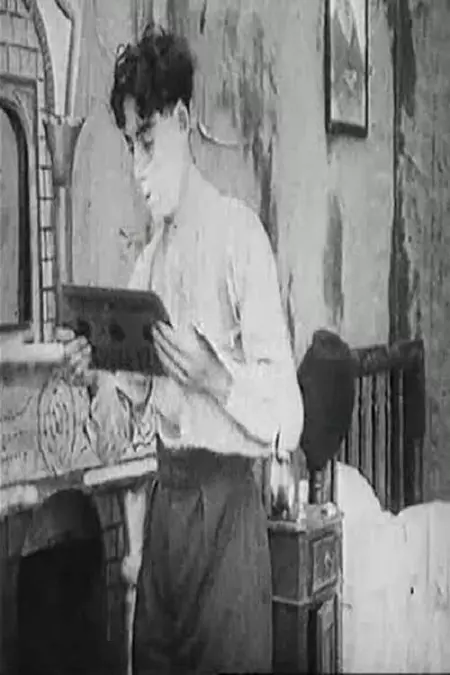Biography
The son of a photographer from Navarre who, in his desire to emigrate to America, came to the Basque coast where he finally settled and formed a family whose offspring inherited his love of photography and cinema. Mauro Azkona's interest in new imaging techniques led him to exchange experiences with others interested in the nascent cinematograph. In 1924 he collaborated with Telesforo Gil del Espinar in the film Edurne, modista bilbaína. The following year, with the help of his brother Víctor, he founded Producciones Azcona, dedicated to making documentaries. They both adapted the photographic studio they had in the courtyard of their house in Baracaldo to shoot the interiors of their films. While Víctor was mainly dedicated to film printing, Mauro took care of the production. Thus numerous documentaries on inaugurations or advertising commissions were born. The big step was taken in 1928 when they produced El mayorazgo de Basterretxe, a feature film set in the Basque Country, which failed because its commercial distribution coincided with the first sound films. Producciones Azcona was unable to continue, since introducing sound in subsequent works meant a heavy outlay. Mauro then went to Paris with the idea of learning about sound films in the Joinville studios. From there he went to Berlin to finally return to Spain and settled in Madrid, where sound films were already being produced.
Then he founded in 1933 the production company DASA for which he directed the animated film El amor de Juan Simón with songs by El Chato de las Ventas. Later he was assistant director to Hard Loeser, who had been second to Eisenstein and Fritz Lang, intervening in Patio andaluz and ¿Sabe o no sabe tirar? Azkona also worked in the dubbing of foreign films and made the short film El veneno del cine for the Cifesa production company.
During the Civil War he organized the Film Section of the Pasionaria Popular Militia Regiment, which had an enormous propaganda activity. The result of that work were his documentaries El manejo de la ametralladora, Frente a frente, Madrid vive la guerra, Cuando Líster llegó, La Cruz Roja española, Entierro del Dr. Pichardo, embajador de Cuba en Madrid, La cosecha, etc. When the war ended, he left for Montevideo, dedicating himself then to artistic painting.
In the second half of the century, he was reclaimed along with his wife, Rosario Nogués Anatol, who had been an interpreter in El mayorazgo de Basterretxe, by two of her sons who had been evacuated to Moscow. In the Soviet capital, Azkona began to collaborate in various productions in the trucaje department of the Moscova Films studios. Later he was the operator of a short film in relief, sound and color for Nikfi, the National Institute of Photography and Cinematography. After his time at Moscova Films, he moved to Cuba to work on a short film by Santiago Álvarez, which the Spanish filmmaker titled Huracán Flora. On his return to Moscow, the filmmaker was admitted to hospital with kidney disease. A complication arising from his diabetes ended his life on February 28, 1982.
Filmography
all 3
Movies 3
Director 3
Information
Known ForDirecting
GenderMale
Birthday1891-01-01
Deathday1982-01-01 (90 years old)
Birth NameMauro Azcona Pérez
Birth PlaceFitero, Spain
SiblingsVíctor Azkona
CitizenshipsSpain
Also Known AsMauro Azcona
Last updated:
 Mauro Azkona
Mauro Azkona- Filmography
- Information


